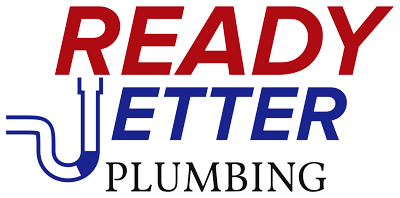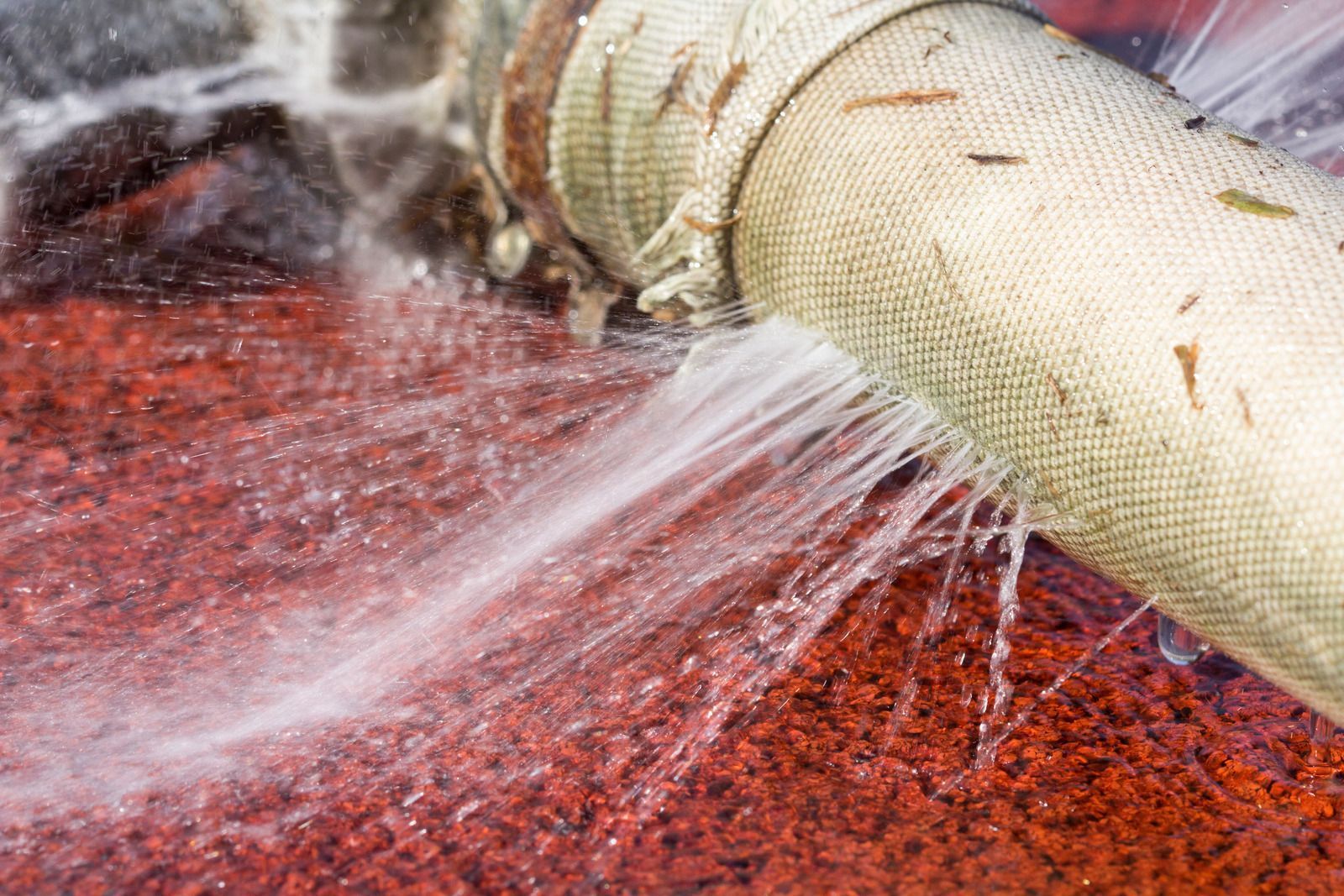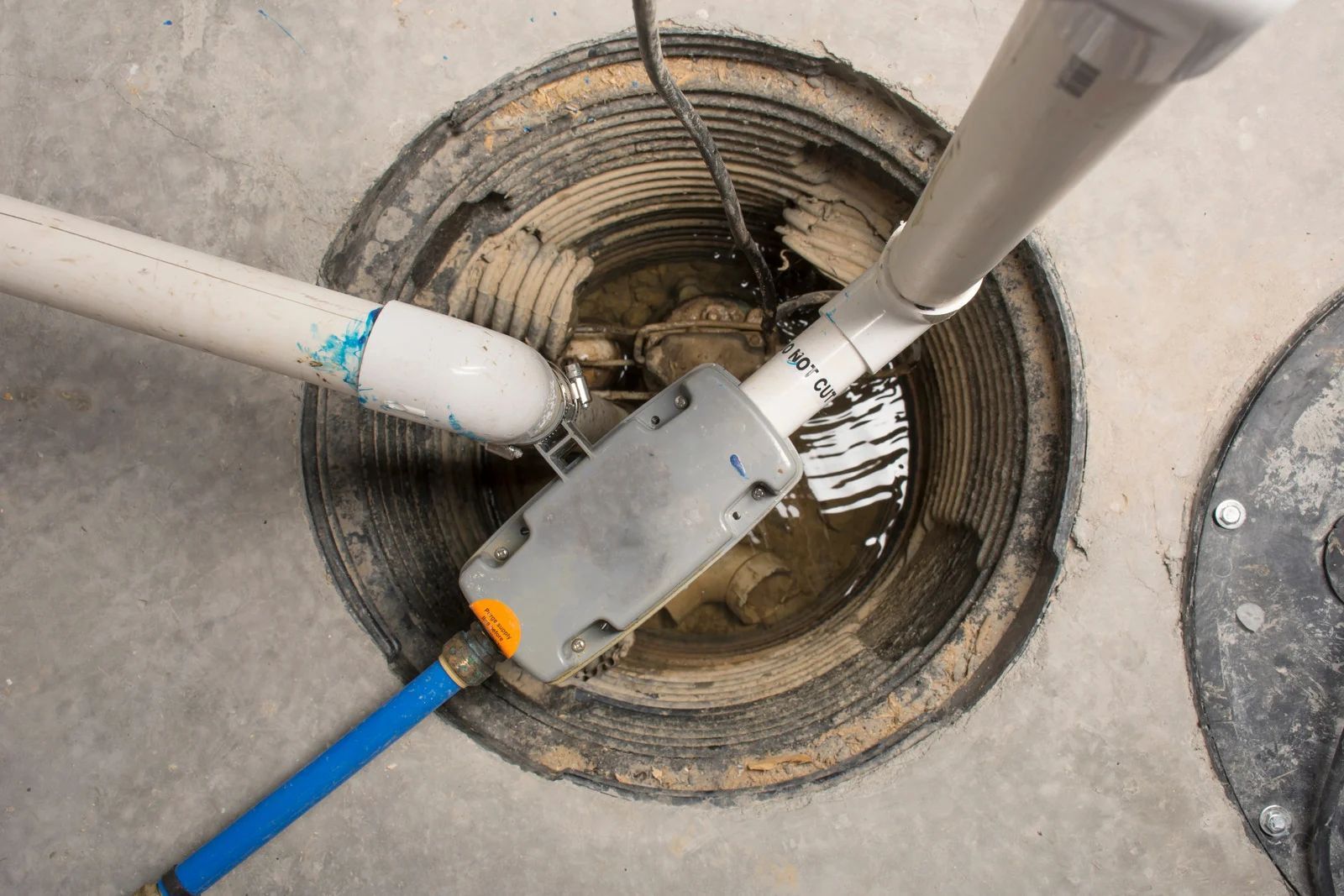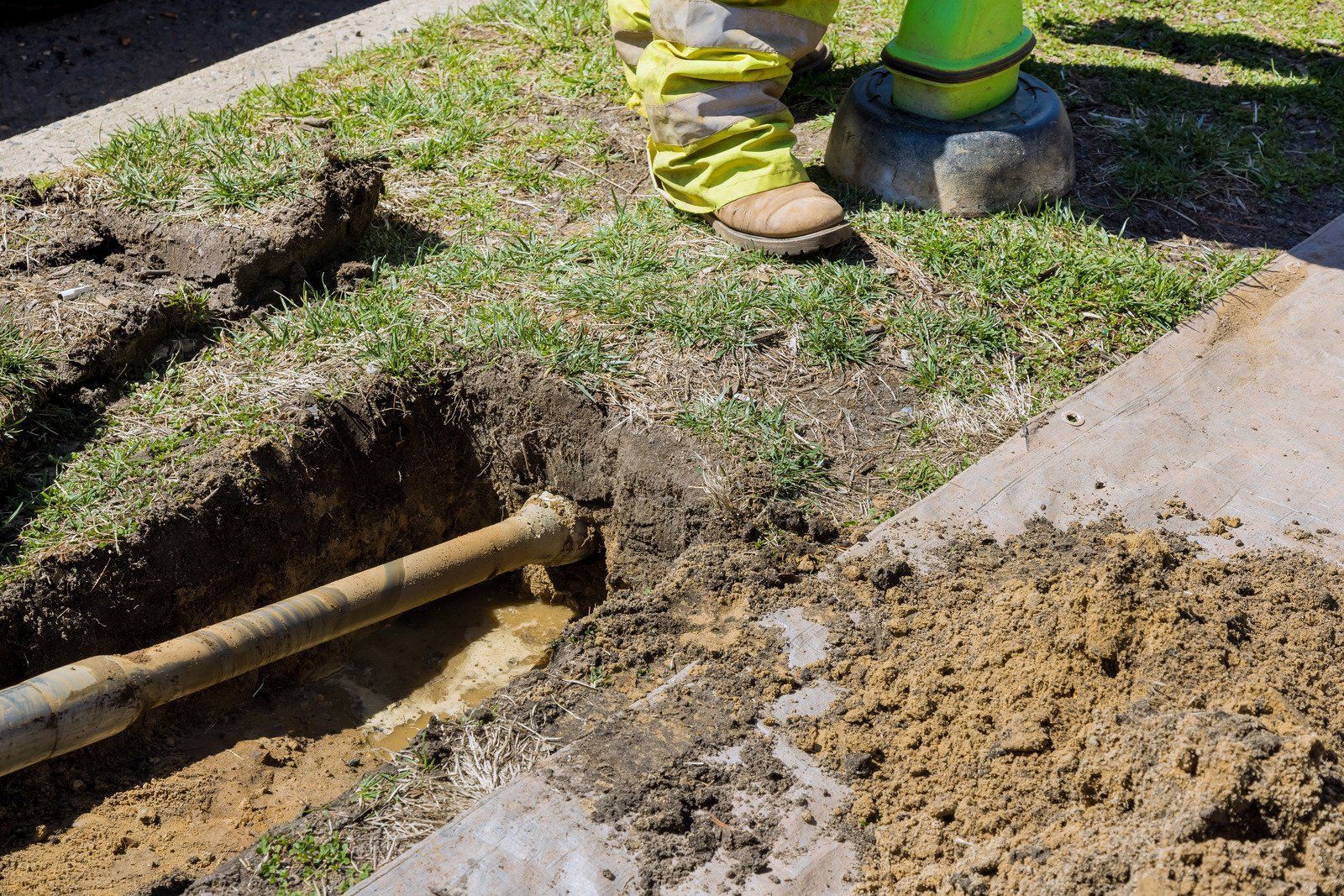What Causes Cast Iron Pipes to Build Up Calcium and How to Fix It
Cast iron pipes are known for their strength and long lifespan, but they aren’t immune to problems over time. One of the most common issues homeowners face with these pipes is calcium buildup. This buildup can restrict water flow, cause slow drains, and eventually lead to serious plumbing issues. Understanding what leads to calcium deposits in cast iron pipes and how to fix them can help prevent costly repairs.
Causes of Calcium Buildup in Cast Iron Pipes
1. Hard Water Supply
Calcium buildup is primarily caused by hard water. Hard water contains high levels of calcium and magnesium, which don’t always dissolve completely. As water flows through your plumbing system, these minerals slowly deposit onto the inner walls of cast iron pipes. Over the years, these deposits grow thicker, reducing water pressure and flow.
2. Rough Interior Surface of Cast Iron
Unlike modern plastic piping, cast iron has a naturally rough interior. This uneven surface gives calcium particles more places to cling to. As water repeatedly flows through the pipe, the minerals continue to collect, forming a hard, chalky layer that narrows the pipe’s diameter.
3. Aging and Corrosion
Over time, cast iron begins to corrode, creating even more texture for minerals to stick to. Rust and scale act like a magnet for calcium deposits. Older homes with decades-old plumbing are especially vulnerable to this type of buildup.
4. Inconsistent Water Flow
Low or fluctuating water pressure can also contribute. Slow-moving water allows more time for calcium to settle and attach to the pipe walls. When the flow isn't strong enough to keep the interior flushed, buildup occurs more rapidly.
Signs You Have Calcium Buildup
You might not see calcium deposits directly, but you’ll notice symptoms in your plumbing:
Slow-draining sinks or tubs
- Frequent clogs that keep returning
- Gurgling sounds in the pipes
- White or chalky residue around drains
- Lower water pressure throughout the home
These are all signs that your pipes may be narrowed by mineral buildup and need attention.
Signs You Have Calcium Buildup
1. High-Pressure Hydro Jetting
Hydro jetting is a safe, non-invasive way to clean calcium from cast iron pipes. Using high-pressure water, this method blasts away mineral buildup without damaging the pipe. It’s fast, effective, and commonly used by professional plumbers.
2. Mechanical Descaling
In cases of severe buildup, mechanical tools like rotating blades or chain scrapers are used to break down the hardened calcium inside the pipe. This method is highly effective for older systems with heavy scaling.
3. Chemical Descalers
Special plumbing-grade descalers can dissolve calcium buildup without harming your pipes. While this method isn’t always suitable for every situation, it works well in combination with other cleaning solutions.
4. Pipe Replacement or Relining
If the buildup is extreme and the pipes are severely corroded, replacement or relining may be the only option. Trenchless pipe relining creates a new, smooth surface inside the old pipe, restoring flow without major digging.
Trust Macomb’s Local Experts for Lasting Solutions
Calcium buildup in cast iron pipes doesn’t have to ruin your plumbing. If you’re dealing with slow drains or recurring blockages, Ready Jetter Plumbing
in Macomb, MI, is here to help with
cast iron plate decalcification Service. With 25
years of experience, our skilled team uses advanced hydro jetting and descaling techniques to restore your pipes and keep your system running smoothly. Contact us today for professional, reliable service you can count on.



